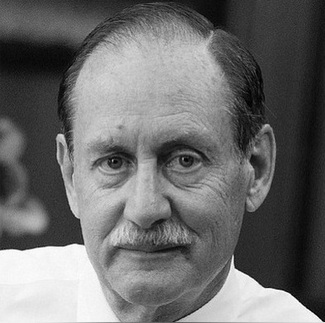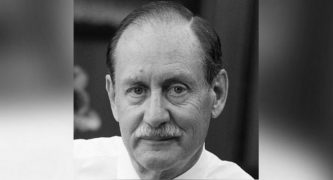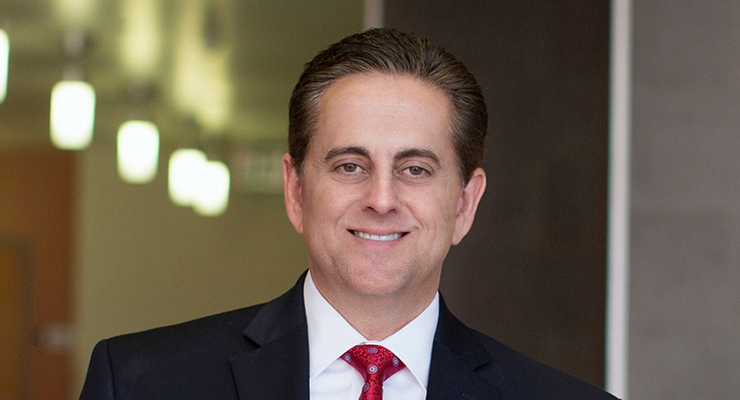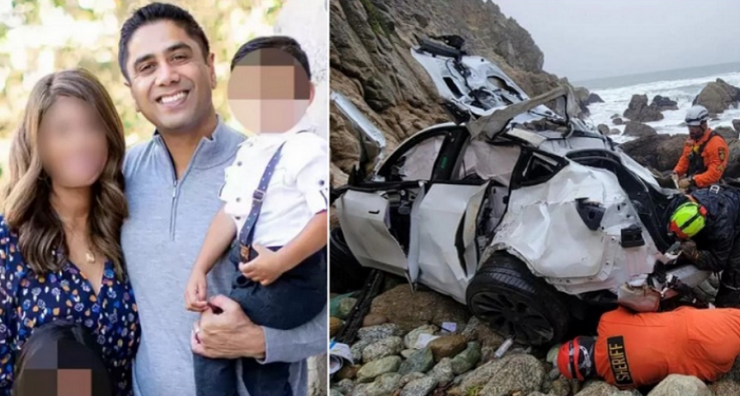
I was recently appointed by the City Council to the Pasadena Planning Commission. But my first two meetings felt like I had joined the “Reacting Commission.”
The July 13 meeting was taken up by a nearly four hour hearing regarding the Affinity Project on South Arroyo Parkway, a 360,000 square foot mixed-use development of medical office buildings and senior assisted and independent living units. At the July 27 session, more than three hours were devoted to a proposal for a new Porsche dealership on Colorado Boulevard – building a 60,000 square foot building and demolishing a brick factory building that a number of my fellow Commissioners argued should be designated historic. A decision on the first case was postponed; the Commission unanimously instructed the Porsche dealer to come back with a redesign in 60 days.
At our next meeting, we are to take up a project seeking to build 206 housing units on North Fair Oaks Avenue.
Of course at the meeting just before I was appointed by the City Council, the Commission did take up the Housing Element that’s supposed to plan for the construction of 9,000 units of housing in Pasadena over the next eight years. But that hearing took less time than either of the development projects that sparked energetic public and Commissioner debate.
The problem is that the City doesn’t see this as a problem. We have a Zoning Code that runs more than 279,000 words. That’s longer than James Joyce’s brick of a novel Ulysses, twice as long as the Biblical New Testament. If we have such elaborate rules, why aren’t they enforced? Why do large projects turn into a political tug of war? Why do we waste so much time and money fighting over one project at a time?
It’s not the fault of the City Council, City staff or my fellow Commissioners. It’s the result of a built-in mindset that confuses the responsibility of “planning” cities with the process of “reacting” to developer proposals.
It was not always this way. Pasadena has a reputation for visionary planning going back to renowned Caltech scientist George Ellery Hale who served on the city’s first planning commission a century ago.
At the turn of the century in 1900, Pasadena’s population was less than 10,000 people. But it tripled in the next decade and increased by another 50% in the following decade. By 1920, Pasadena was a booming city of nearly 50,000. Civic leaders like Hale pushed for the establishment of a Planning Commission in 1922 and immediately set out to chart a blueprint for a Civic Center. They hired Edward Bennett, one of the pre-eminent urban designers of the time. Bennett was the co-author of the famous “Plan for Chicago” with Daniel Burnham, considered to be the founder of American city planning. Burnham is often quoted as saying, “Make no little plans. They have no magic to stir men’s blood and probably will not themselves be realized. Make big plans, aim high in hope and work, remembering that a noble, logical diagram once recorded will never die, but long after we are gone will be a living thing, asserting itself with ever growing insistency.”
Guided by Hale and his fellow Planning Commissioners, Bennett sketched out a bold vision for the heart of Pasadena. Pasadena voters affirmed the plan in 1923 with a bond issue of $3.5 million (over $60 million in today’s dollars.) Today we enjoy the legacy of the beauty and foresight of those civic leaders from 100 years ago. They set out clear rules for future public and private development – and the results speak for themselves.
More recently, the 1992 General Plan was the product of widespread community engagement. More than 3200 community members participated. That wasn’t the same 300 people turning out to 10 meetings – that was more than 3200 different people actively involved throughout the 18 month process that led to a plan approved at the ballot box with 58% of the vote.
That plan sensibly directed higher-intensity new development away from older neighborhoods toward Downtown and around future light rail stops. It aimed to spread affordable housing throughout the community. It sought to preserve what’s valuable from the past while creating opportunity for new development to improve our quality of life and standard of living. It embraced walking, biking and transit as viable alternatives to always having to drive.
Thirty years have passed. While the City continues to rework Specific Plans in different parts of the city, nothing like the community wide participation has been attempted for three decades. Instead, individual development battles reflect the deep divisions in our town. As the Cheshire Cat told Alice in Wonderland, “If you don’t know where you are going, any road will get you there.” Great cities not only know where they are going – they are very clear about following the road to get there. Great cities are not the result of years of bickering over what individual developers bring to the table. Great cities are shaped by plans that promote consistent order, beauty, livability and resilience.
One hundred years after Pasadena appointed its first Planning Commission, it’s time to renew the original purpose. Let’s lay down simple, clear design rules – with the high standards Pasadena deserves. Then let’s enforce them. That’s real planning.














 3 comments
3 comments


